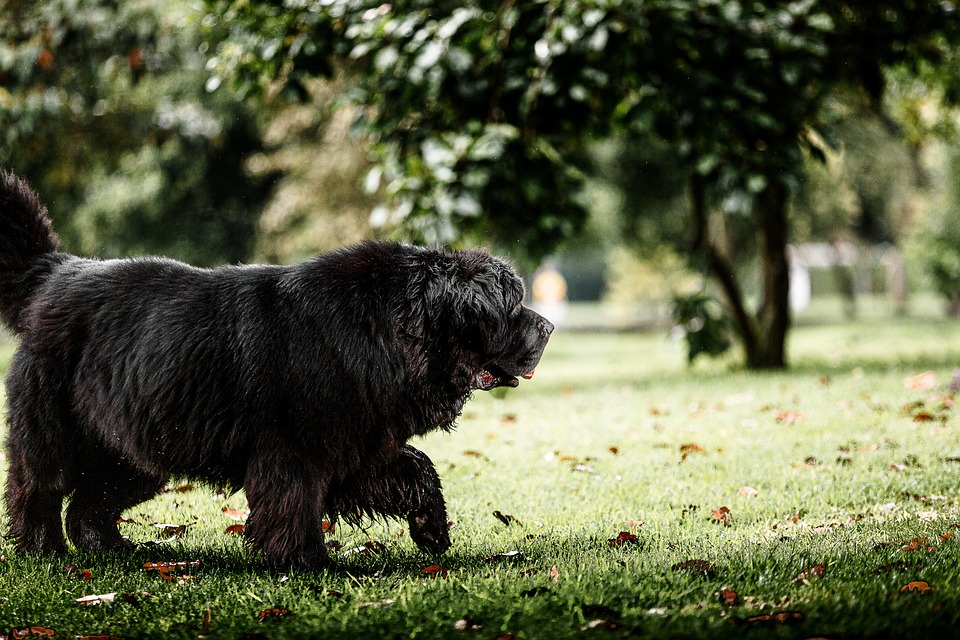Introducing a new dog into a multi-dog household can be an exciting but challenging experience. Dogs are social animals, but they also have their own personalities and preferences, which can sometimes lead to conflicts. However, by following a few key strategies and utilizing positive reinforcement techniques, you can help your dogs adjust to their new living situation and foster harmonious relationships within your pack.
Before delving into the strategies for helping dogs adjust, it is important to understand the dynamics of a multi-dog household. Dogs are pack animals by nature, and each dog has a unique personality and social structure within the pack. When introducing a new dog, it can disrupt the existing hierarchy and cause temporary tension. However, with proper guidance and patience, dogs can learn to coexist peacefully and even form strong bonds.
Creating a structured environment is crucial when introducing a new dog into a multi-dog household. Dogs thrive on routine and clear expectations, so it is important to establish consistent rules and boundaries. By doing so, you provide a sense of stability and reduce the likelihood of conflicts arising.
One of the most important steps in helping dogs adjust is ensuring gradual introductions and utilizing neutral territory. When introducing a new dog, it is recommended to do so in a neutral location, such as a park, where neither dog has established ownership. This helps reduce territorial instincts and allows the dogs to get acquainted in a more relaxed manner. Once initial introductions have been successful, gradual integration in the home environment can take place.
When dogs are adjusting to a multi-dog household, it is essential to provide proper supervision and management. This includes closely monitoring their interactions, especially during the initial stages. Supervision allows you to intervene if any conflicts arise and prevent negative behaviors from escalating. Additionally, management techniques such as crate training or separating dogs with barriers can help create a safe and controlled environment during the adjustment period.
Another effective strategy for helping dogs adjust is through positive reinforcement and individual attention. Rewarding desired behaviors, such as calm and friendly interactions, helps reinforce positive associations between the dogs. Additionally, providing each dog with individual attention and quality time with their human companions can help alleviate any potential feelings of jealousy or neglect.
Here are answers to some frequently asked questions about introducing dogs to a multi-dog household:
1. How long does it typically take for dogs to adjust to a multi-dog household?
The adjustment period can vary depending on individual dogs and their personalities. Some dogs may adapt quickly within days, while others may take weeks or even months to fully adjust.
2. Should I intervene if my dogs show signs of conflict during the adjustment period?
Yes, it is important to intervene if conflicts arise. By intervening and redirecting their attention towards positive behaviors, you can prevent the development of negative associations and promote harmonious interactions.
3. Can professional training or behaviorists help with the adjustment process?
Absolutely. Seeking guidance from a professional dog trainer or behaviorist can be beneficial, especially if you encounter difficulties during the adjustment process. They can provide expert advice tailored to your specific situation and offer techniques to address any challenges that may arise.
4. Is it necessary to maintain a strict routine during the adjustment period?
Yes, maintaining a consistent routine is crucial. Dogs thrive on predictability, and a structured environment helps reduce stress and uncertainty during the adjustment process.
5. What should I do if one dog consistently displays aggressive behavior towards the new dog?
If one dog consistently displays aggressive behavior, it is important to consult with a professional dog trainer or behaviorist. They can evaluate the situation, identify the underlying causes, and provide guidance on how to address and manage the aggression appropriately.
By following these strategies and taking the time to understand your dogs’ individual needs, you can help them adjust to a multi-dog household successfully. Remember, patience, consistency, and positive reinforcement are key to fostering a harmonious and happy pack.









